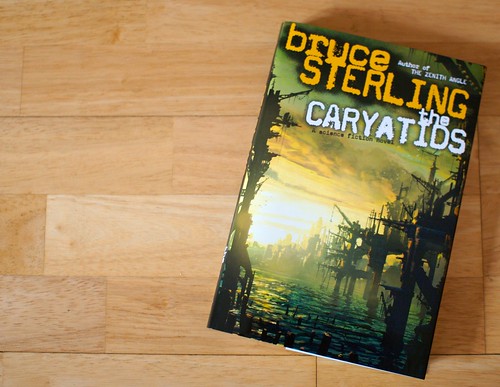 Just finished reading "The Caryatids" by Bruce Sterling. This inspiring book is built around the history of the four Mihajlovic sisters, who are surviving clones of a biopiracy lab. Spread in different countries (Balkans, California and the Gobi desert in China), each of them represent a different "camp" (Acquis, Dispensation, China and crazy individual) with different values and approaches to see the world. All of this is wrapped in en eco-disaster twist that is a bit reminiscent of Sterling's other novels ("Holy Fire or "Distraction"). Both a fun and deep read.
Just finished reading "The Caryatids" by Bruce Sterling. This inspiring book is built around the history of the four Mihajlovic sisters, who are surviving clones of a biopiracy lab. Spread in different countries (Balkans, California and the Gobi desert in China), each of them represent a different "camp" (Acquis, Dispensation, China and crazy individual) with different values and approaches to see the world. All of this is wrapped in en eco-disaster twist that is a bit reminiscent of Sterling's other novels ("Holy Fire or "Distraction"). Both a fun and deep read.
The novel is an insightful extrapolation of our present: the description of the faction (through each character in the 3 chapters) is a good example of how todays trends could evolve in the mid-term. We have networked-participative-ecofriendly Acquis, futile-wired-greedy Dispensation and Nation-State China who all have their own approaches to see the world. After Distraction and its "Moderators versus Regulators" factions, Sterling keeps exploring social and political differences of the near future. Like a foresight research report with a 3-scenarios structure, the book offer different visions of how tackling today's world problems can be achieved through differently. Of course, these 3 responses correspond to existing forces at play nowadays.
This "3 responses" structure makes me think that futures think-tanks and foresight research group can take this novel as a great example of how they could craft engaging deliverables. The "futures/foresight" angle is important anyway and Sterling drops bits of wisdom here and there that will definitely echo with futurists' approaches:
"the sea had no 'real' blue and the camp was no 'real' camp. There as a mélange of potent forces best described as 'futurity'. They were futuring here, and the future was a process, not a destination." (p13)
"it was an old trick, but often a good one. Most trend-spotters using the net looked for raising new items that were gaining public credibility. But you could learn useful things in a hurry if you searched for precisely the opposite. News that should have public credibility, but didn't." (p118)
"Futurism is prediction. We all know that's impossible. But history is retrodiction, and that's impossible too. Se we have to paper over these black holes with sheer imagination." (p295)
Besides, one of the character (Little Mary Montalban, that looks IMO to some sort of "little miss sunshine") even described herself as a Black Swan.
Beyond these general elements, The Caryatids is an excellent platform where Sterling brings a context and some carefully-crafted poetry of technological devices and social trends. By describing the crossing of these elements, the novel shows various implications about what our society (researchers, designers, policy-makers, entrepreneurs) are doing right now on our planet.
One of the easiest aspect to get, if you're following ubiquitous computing and networked objects, consists in the discussion of everyware and what Sterling refers to as the "Sensorweb":
"the sensorweb was a single instrument, small pieces loosely joined into one huge environmental telescope. The sensorweb measured and archived changes in the island's status. Temperature, humidity, sunlight. Flights of pollen, flights of insects, the migrations of birds and fish" (p10)
"now the island was an aspect of the web" (p11)
"your everyware touches everything that we do here" (p33), "cover the world with scanner and sensors" (p78)
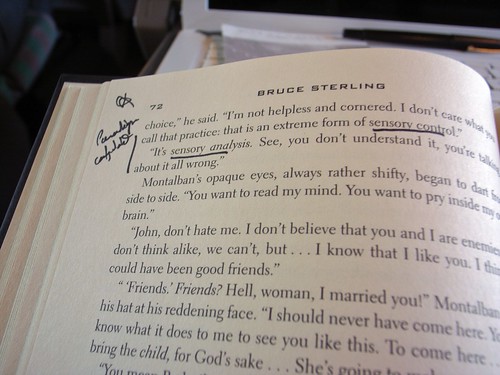
The vision the reader is presented here is not just descriptive since the most interesting aspect of the sensorweb discussion concern its implications. As shown on the picture above (p72), there is a relevant differentiation between "sensory analysis" versus "sensory control". The two correspond to different approaches to a problem at stake today with the advent of networked sensors and the possibility of collecting information from mobile devices and the web.
The current debate (today, not in the novel) is basic: (1) We have traces that are available today (generated by the use of mobile devices, picture upload on the web) and that will be easier to collect tomorrow (brain activity, heartbeats), (2) some people think it can be an opportunity for social sciences renewal, others fear that it can lead to greater control. Which actually corresponds, in the novel, to this pertinent quote by a cloned chinese state warrior who paraphrase Gilles Deleuze's "Postscript on the Societies of Control":
"The worst threats among those state running dogs are provocative figures who foment new relationships emerging from the long-standing interplay of social and urban control experiments practices by the state elite against the colonized posturban peoples. Through continually linking sensors, databases, defensive and security architectures, and through the scanning of bodies, these running nodes export the state's architecture of control" (p257)
"Diseases were everywhere, while surveillance was everyware, Everyware crushed diseases, subtly, comprehensively, remorselessly" (p211)
Moreover, Sterling reminds us that the situation is not so simple and that "blackspots" are part of the solutions:
"a hole in a sensorweb was called a blackspot. The laws of physics declared that there were always blackspots in the world. Computer science could assume perfectly smooth connections, but the Earth had hills and valleys and earthquakes and giant volcanoes. The sky had lightning storms, and even the sun had sunspots. Wireless connections were not magic fogs. Real-worl wireless connections were waves, particles, bits: real things in real places.
So, If you didn't want to be seen, or heard, or known in a world of ubiquitous sensorwebs, there were options. You could find a blackspot. Or created blackspot. Some blaskspots were made by organized crime or official corruption. Other blackspots just grew in their natural blackness." (p161)
If you read Human-Computer Interaction, you'll recognize here the discussion around the messiness of the physical environment, seams and seamful design described by Bell and Dourish or Fabien Girardin). Which is exemplified by the part about augmented reality that is criticized by one the character as "pasting fantasies onto the island" and flawed because there is "a design conflict between strict geolocative accuracy and an augment that everyday viewers might willingly pay to see". To put in shortly, the augmented layer is not well adjusted to the physical environment and the digital part "appears to be hovering" over the material layer.
As a side remark, I would highlight the fact that this argument about the inherent messiness of the physical world is one of the trickiest to convey to a certain class of people who always think that "eventually XXX will be taken care of" (replace XXX by "phone connectivity" or "GPS coverage). One of the concluding remark in the novel is not so optimistic though:
"Those ubiquitous systems, what they used to call the 'mediation', the 'sensorwebs'. (...) Those technologies advanced so far that they vanished. The language operating systems, frameworks of interaction, the eyeball-lasting laser-colored neural helmets... all that stuff is more primitive than steam engines now. I mean, you can tell how a steam engine works by just looking at it, but a complex, distributed, ubiquitous system? There's no way to maintain that! That all became ubijunk! Those cutting-edge systems are gone like sandcastles. A rising tide of major transformations threw them up on the shore, and then the whole sea rose and they are beyond retrieval" p295
There is of course more in the novel. The two last points I was intrigued about are finally:
- Participation and reputation-based social systems are in the background, a bit less than in Distraction (with the reputation servers process). The Acquis faction is based on "glory rating" and they use "an architecture of participation" to promote people at other ranks.
- The whole fun around "correlation engines"n which are "an amazing new business tool (...) that never fails to hit on correlations of major interest"
Why do I blog this? this is a quick and rough transcript of the notes I've taken when reading the book. I enjoyed the whole thing and it's interesting to put the novel in perspective with the author's musings, warnings and speeches. As usual, there is a lot to draw from Sterling's novel, and I tried to make some connections here in the 30' I allowed myself to write in this blogpost.
 From Ubik, by Philip K. Dick (1969):
From Ubik, by Philip K. Dick (1969): Source: played a little bit with
Source: played a little bit with 

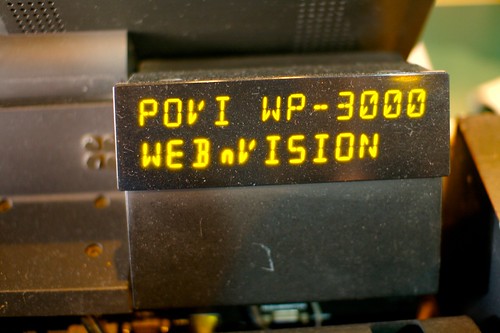
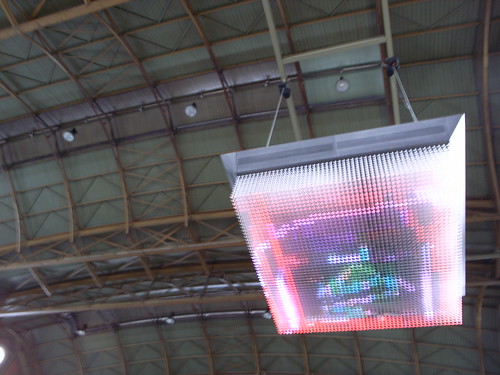


 One of my favorite graphic novel series lately is "
One of my favorite graphic novel series lately is "
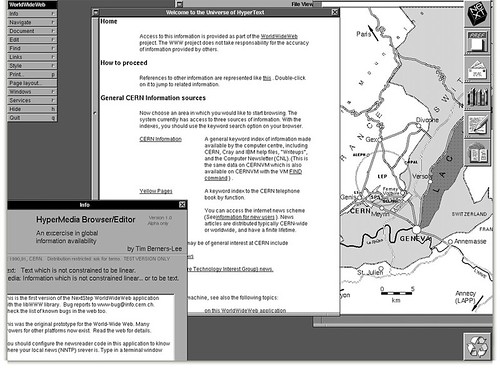
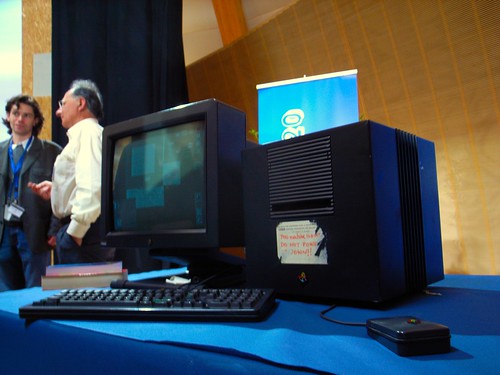
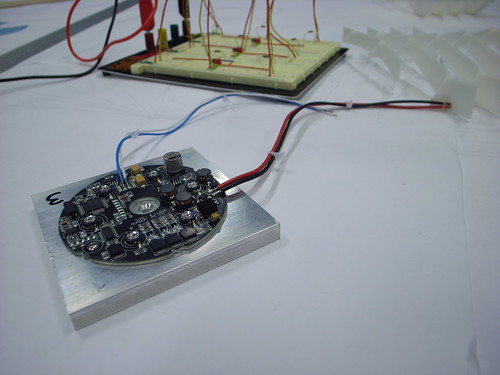

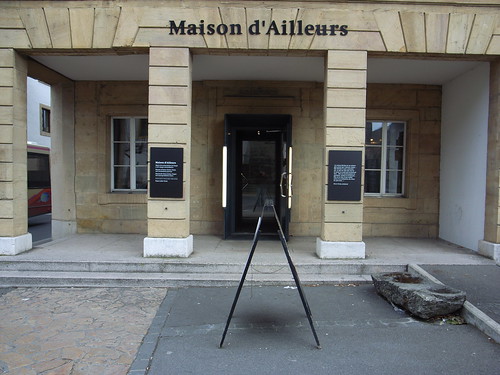
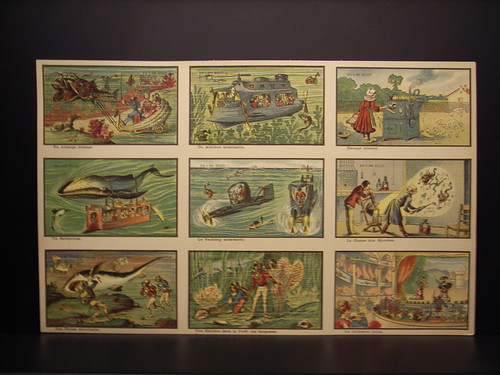

 Recently been working on the future of economic and cultural exchange with a
Recently been working on the future of economic and cultural exchange with a